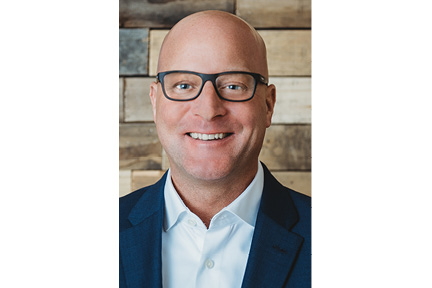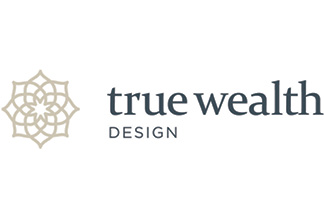Sponsored
Investment Return Expectations
by Kevin Kroskey, CFP®, MBA
Having reasonable assumptions for investment returns is critically important for many reasons. These assumptions will impact the success of your retirement plan, portfolio decisions and your peace of mind to name a few.
Why peace of mind? Well, if you are expecting something unreasonable, no doubt you’re likely to be dissatisfied and more likely to be undisciplined. Undisciplined is akin to unsuccessful in investing over time.
10-Year Forecasts
Blackrock and Vanguard are two of the largest global investment companies. Forecasts from them for 10-year broad asset class returns as of December 2022 are provided in the table. Returns are reflected in an annualized percentage and do not include any investment fees.
Upon first glance, how do these numbers strike you? Higher or lower than you’d expect coming off a rough 2022 for both stocks and bonds?
Building Blocks
Returns for both bonds and equities can be decomposed into various components that contribute to the total return of each asset class. Recall the total return is income return (yield) plus or minus price return (growth).
For bonds, forecasts prove to be more straight forward. As of this writing, the yield for a US ten-year note is about 4%. Starting yields are highly predictive of prospective bond returns, generally explaining more than 90% of the return.
Stock (equity) asset class returns are much more difficult to forecast. Where starting yields are highly predictive of bond returns, starting prices (valuation) of equities historically have shown to explain about 60% of the return variation over a ten-year period.
Equity returns can be decomposed into three key components: dividend yield, growth, and change in valuation. These building blocks can be estimated and then added together to formulate total expected returns.
The dividend yield is the income return from equities. It is easily determined, varies little, and is about 1.7% for large U.S. stocks today.
Growth and valuation are two components that have much more variability through time and also vary in the forecasts of Blackrock and Vanguard. Valuation is the most speculative component. If you can predict how pessimistic or optimistic investors will be in the future, you can hone in on this. Alas this mindreading is impossible.
Yet, from various measurements – price to sales, price to earnings, price to cash flow, etc. – we can see that despite the broad U.S. market declining by roughly 20% in 2022, U.S. stocks still do not appear to be in bargain territory. In fact, both Blackrock and Vanguard assume that valuations continue to reserve course over the next several years and subtract 1-2% yearly from total returns. A similar decade of negative valuation change occurred in the 2000s for U.S. stocks following the Technology Bubble in the 1990s. This largely contributed to the S&P 500 losing money for an entire decade from 2000-2009.
Forecasting growth is also quite difficult with much variability through time. Here, Blackrock is more optimistic than Vanguard, but both believe the U.S. will grow faster than foreign developed markets, which is the historical norm.
What Should You Do?
First and always, be rational and disciplined. Higher-growth stocks remain more expensive than lower-growth, value stocks despite value’s resurgence since COVID vaccines were announced in late 2021. Vanguard expects that favoring value stocks – both domestically and abroad – is likely to help bolster returns over the coming years.
Additionally, both forecasts favor foreign stocks over the U.S., so owning more of them may make sense. It’s not that expectations are for Europe or Japan to grow markedly faster than the U.S. Rather, the starting prices of these markets is much more favorable. And while the U.S. dollar’s strength has been a headwind for foreign stocks over the past years, more recently that has reversed and may be a continuing tailwind.
While the above comprises the simplified output of complex work that goes into providing these estimates, they are just that. The world is an uncertain place.
Most important is to update your financial, investment and tax planning on a regular basis. These need to be well aligned to make the most of what you have and put probabilities in your favor.

Sponsored by
True Wealth Design
Kevin Kroskey, CFP®, MBA is the Founder of True Wealth Design, a wealth management firm with deep expertise in retirement, tax, and investment planning, helping successful families and individuals Plan Smarter and Live BetterTM
Opinions and claims expressed above are those of the author and do not necessarily reflect those of ScripType Publishing.

